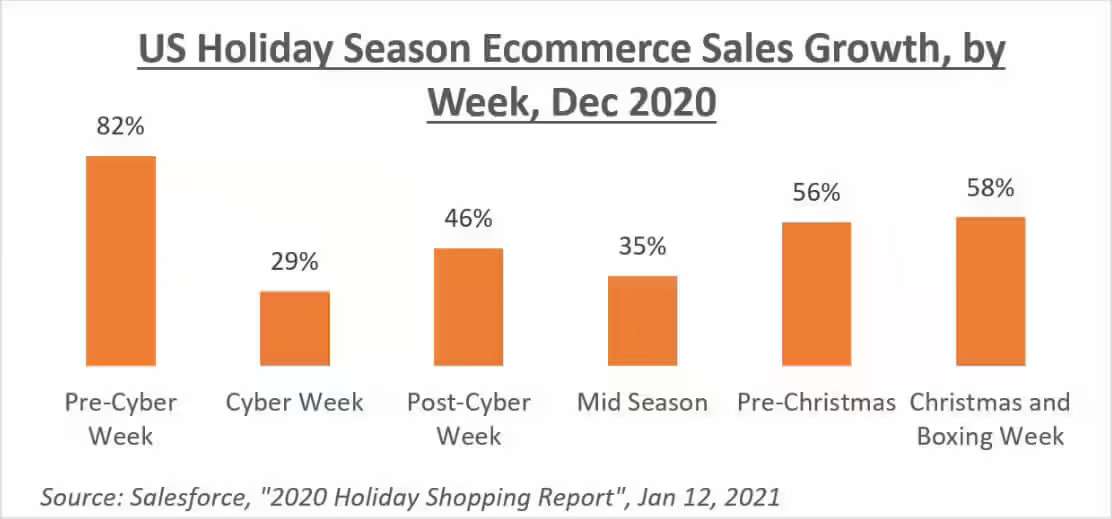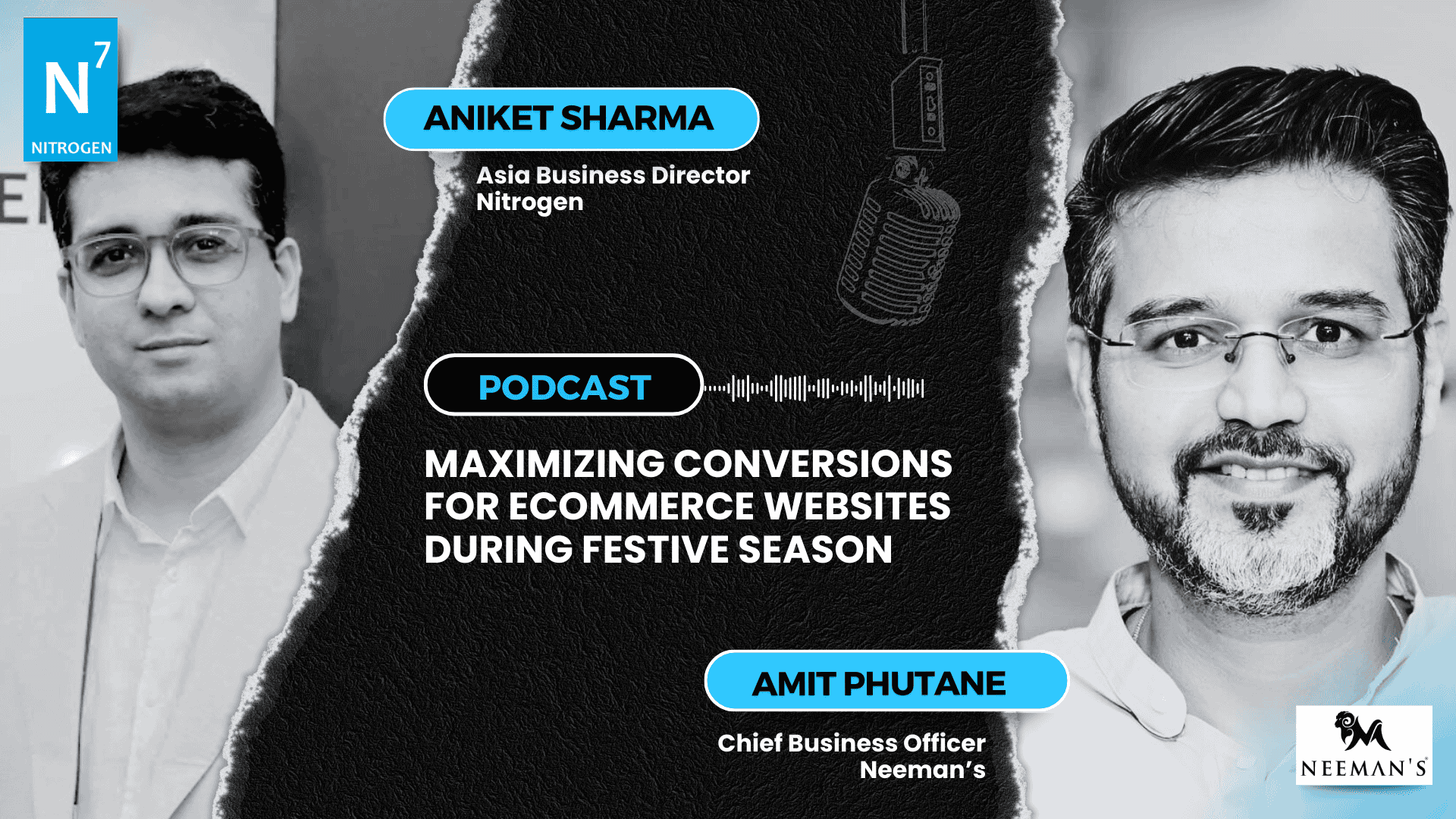Make your Commerce Site Ready For The Holiday Season

The winter holiday season asks for meet, greets and exchange of gifts.
But has the pandemic changed the way holidays are celebrated?
As businesses and consumers get accustomed to the pandemic, digital commerce becomes the new normal. Though the holidays are not at the top of the mind of consumers yet, brands need to know that planning for the holiday season starts now.
Last year in April – May, the pandemic got the consumers to spend over $153 billion online. This number is 7% higher than the amount spent during the holiday season 2019. eMarketer predicts 2021 holiday seasons sale will increase by 11.3%. Looking at this growth rate, eCommerce sales this holiday season is expected to be around $206.88 billion! Experts are also expecting Cyber Monday and Black Friday eCommerce sales to surpass $10 billion. This whopping number in projected e-commerce sales further strengthens the point that businesses must begin preparing now for the onslaught of the holiday season.
Holiday Season Shopping during the Pandemic
This increase in the growth rate can be closely linked to the irreversible change in the consumer’s shopping behaviour. As the physical stores took the hit in the pandemic, the digital channels leapt forward a decade in just the first 90 days of the pandemic! Last season was not only digital-first, but it was also mobile-first holiday shopping season for many. Even with shoppers homebound in front of desktop screens, mobile drove most eCommerce and buying behaviour on all major holidays. According to Salesforce, mobile accounted for 72% of the traffic and 57% of the orders on Thanksgiving, 71% traffic and 54% of orders on Black Friday, and 69% of the traffic and 51% of orders on Cyber Mondays.
Trends Driving the Adoption of CDN
1) Shift in Consumer Shopping Behavior
This sudden shift to virtual channels also created a change in the shopper’s expectations and experience. Shopping online has become more immersive, with brands mimicking the in-store experience at home. With augmented reality virtual try-on, how-to videos, live interaction with the sales executives and personalized recommendations, brands have embraced the technology to grab the attention and loyalty of their consumers. The pandemic also witnessed a spike in people relying on technology for all their shopping needs, from essentials items to luxury items, including gifts.
2) Increased Awareness Among Consumers
As businesses got more aggressive with messaging and offers, the week leading up to the holidays saw a surge in sales compared to the pre-pandemic year. The graph below shows the change in the holiday season growth rate by week.

3) Loss in Sales due to Slow Website Speed
It is seen that over 50% of the website visitors lose interest and leave a web page if the page doesn’t load within three seconds, which means every single second is important to stop your customer from leaving the page. Even a difference of one second double the bounce rate of customers. So, what happens if the website has longer loading times? You lose customers, you lose conversions, and you lose sales. Even just a second of lag will reduce page views by 11%, reduce conversions by 6% and reduce customer satisfaction by 16%. Also, to note, page load speed is also an important Google ranking factor. The ideal situation would be to get the website load within a blink of eye. To put it in perspective if you are an eCommerce running business and make sales of $100,000 per day, a one second delay could cost you $2.5 million a year in lost sales opportunities.
4) Loss in Sales and Future Website Visits due to Downtime
We talked a lot about the page loading time, but what about website downtime? For an eCommerce website calculating the loss during downtime is easy but the risk associated with future loss in sales is not easy to comprehend. Downtime means zero website visits, zero conversions and zero sales. A recent study found that 9% of the customers who find a webpage down, never return to it in future.
It has been proven time and again that shoppers care more about the complete website experience than all the fancy bells and whistles a business has to offer during the holiday season. A well-crafted eCommerce store can guarantee an exceptional consumer shopping experience and ensure businesses meet their holiday season sales and revenue goals.




